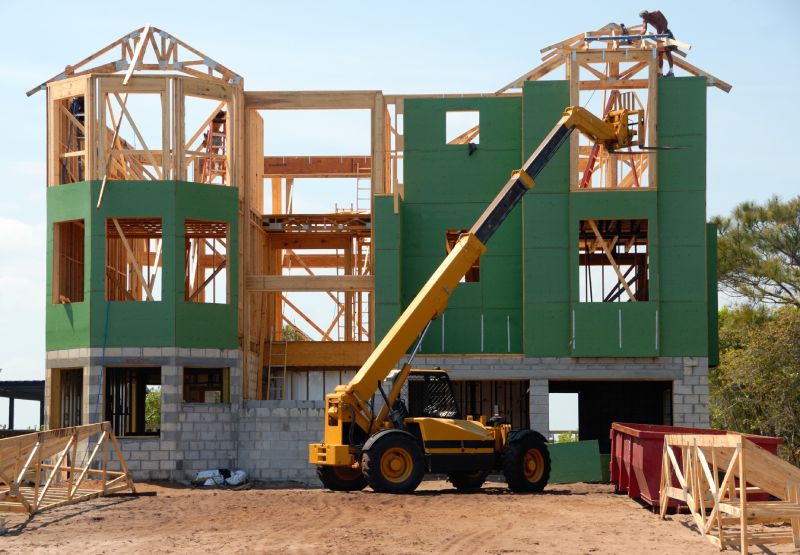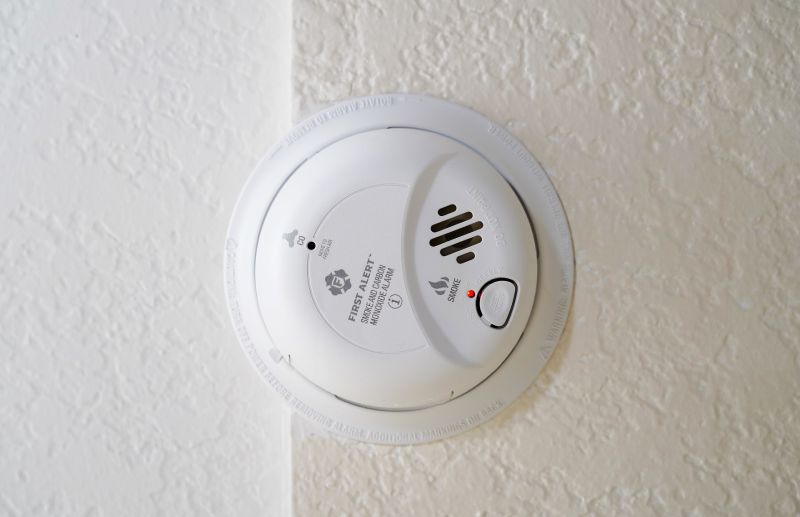
The Biggest Opportunities for Sustainable Construction in 2023
Table of contents

Image by Scott Webb on Pexels.com
When it comes to sustainability, every little thing helps.
As of today, nearly 200 parties have signed the Paris Agreement and committed to tackling climate change and reducing global greenhouse gas emissions. While sustainability efforts certainly aren’t new, sustainability has become increasingly essential over the last several years in various industries—and the construction industry is no exception.
Historically, the construction industry has come up short. In 2019, the construction industry was responsible for 38% of CO2 emissions, so it’s clear that there’s a lot of room for improvement. In order to make our industry greener and our world a better place, projects need to be more sustainable. In the next 40 years, we’ll build 230 billion square meters in new construction each week, so even the tiniest change can help.
Not sure where to start? Don’t worry. Here are some tips:
6 Opportunities for Sustainable Construction in 2023

Image by Archie Binamira on Pexels.com
Building Materials
The construction industry uses half of all non-renewable resources we consume, and concrete is the most consumed material after water. The construction industry is also responsible for half of the global steel demand, and countless trees are cut down yearly for lumber. Clearly, being more conscientious of the building materials we use can go a long way toward making the construction industry more sustainable.
In 2023, use more sustainable construction materials whenever possible. For example, instead of using brand-new lumber, consider using recycled wood. Instead of using volatile organic compound (VOC) paints that can contaminate our soil and water supplies, opt for non-VOC paints. Other sustainable building materials include self-healing concrete, laminated wood, pollution-absorbing brick, bamboo, mycelium, and bendable concrete.

Image by Pixabay on Pexels.com
Residential Projects
In addition to choosing sustainable construction materials, consider taking on more residential projects in 2023. After all, consumers care more about being green now than ever—and that mindset extends to their homes.
Residents want to shrink their personal carbon footprints, which can impact everything from the materials they choose to the layout they pick to the size of their home to the technology they install within it. So, if you take on more residential projects in 2023, you can become far more sustainable while also gaining valuable business.

Image by Kostiantyn Stupak on Pexels.com
Smart Cities
It isn’t just homes that are becoming smarter and greener. Cities are, too. In fact, smart cities have the potential to change everything. Not only can these cities use Internet of Things (IoT) technology and devices to reduce pollution, but they can also help reduce water waste by 25%.
These cities will also save energy with motion-sensor light systems, and smart city infrastructure combined with driverless cars will reduce or completely eliminate traffic jams to lower CO2 emissions. Plus, citizens will have access to new information, such as nearby pollution sources, allowing them to make informed decisions.
In short, smart cities will make life easier for citizens and help the environment It’s a win-win, so it’s hardly surprising that the demand for smart cities will only continue to grow from here. Experts believe the global smart city market will hit $2.5 trillion by 2025.

Image by Pixabay on Pexels.com
Modular Construction
Modular construction is on the rise, and that’s a good thing. It’s also your next opportunity to become more sustainable in 2023.
After all, modular construction means building sections off-site before transporting them to the final site. Not only does this reduce waste by up to 90% because leftover materials can be used in future projects, but it also reduces site disturbances. After all, fewer vehicles will need to travel to the worksite regularly. Fewer vehicles also mean less pollution over the course of the build.
You can use modular construction building techniques to build everything from warehouses to tiny homes. As a bonus, your materials will be protected from adverse weather conditions, theft, and moisture if you opt to build parts of your project in a warehouse before transporting them to the build site.

Image by Rigby40 on Pixabay.com
New Energy-Efficient Technology
Technology has advanced rapidly to meet consumers’ demand for more energy-efficient solutions—and you can make a difference by using this new technology in your 2023 construction projects. For example, installing smart lights, shades, and thermostats can reduce a building’s emissions, resulting in more sustainable construction. Other energy-efficient technology include: smart sensors, automatic HVAC controls, new sustainable building materials for insulation, and thermal energy storage systems.
Lean Construction
The goal of lean construction is to maximize value for the client while reducing waste. So, it’s no wonder that 54% of construction firms believe that lean construction has lots of potential for increasing sustainability.
In lean construction, the point is to avoid waste, often by reducing defects and avoiding overproduction and waiting. Lean construction also means opting for a just-in-time inventory instead of a just-in-case inventory and eliminating any unnecessary movement. For example, consolidating trips and deliveries to the worksite (as much as possible) could reduce emissions.
Prioritizing a lean construction mentality will not only help minimize waste, but it can also improve building quality and job performance.
Become More Sustainable in 2023
Sustainability should be at the forefront of everyone’s mind, but it’s especially important in the construction industry, where emissions and waste have always been high. Everything from the types of projects you take on to the materials you use can impact your sustainability, so you need to make thoughtful decisions.
If you need more sustainable construction materials from high-quality building materials suppliers, visit AMAST’s online B2B marketplace. We have over 300,000 SKUs and work with over 400 vendors, so you’ll be able to find everything you need while saving time, energy, and money.